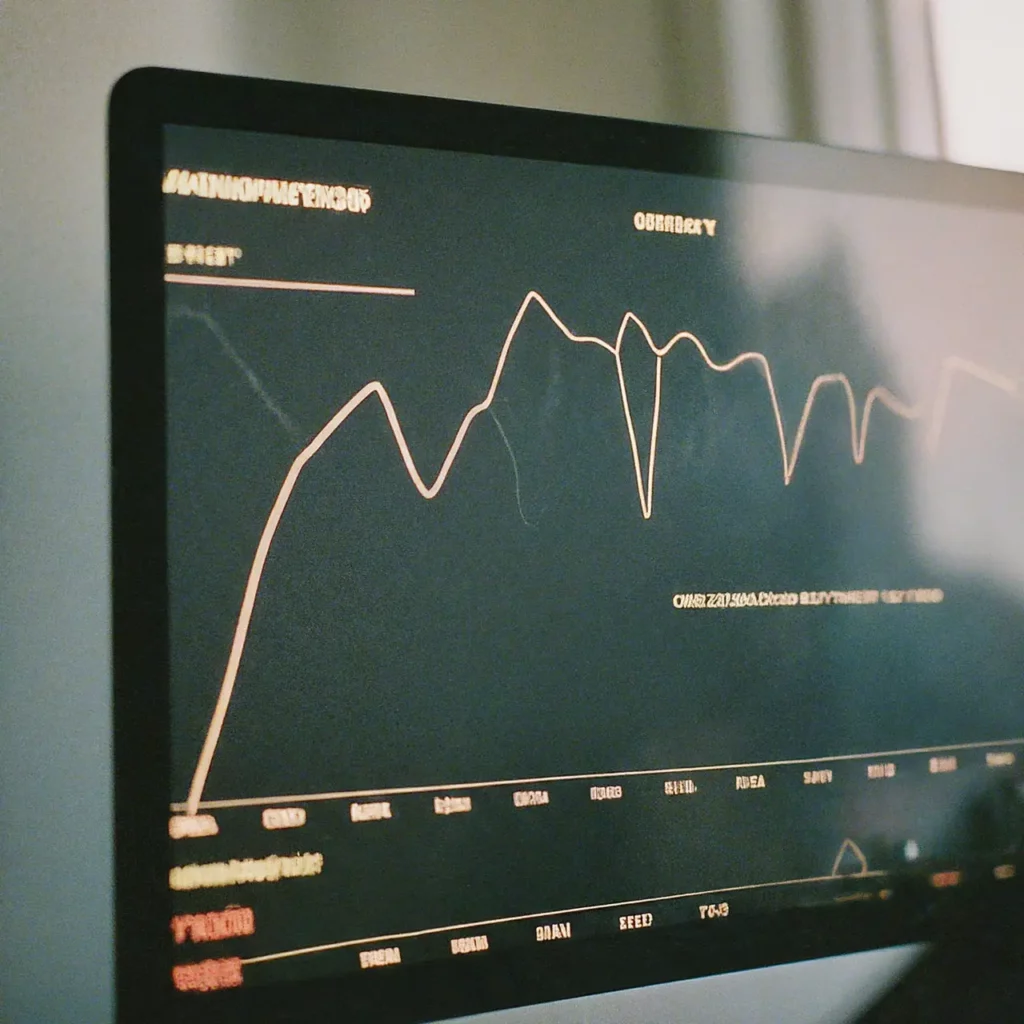Navigating the world of Meta Ads can feel like steering a ship through foggy waters—you know your destination (success!), but how do you get there? Fear not! By focusing on the right metrics, you can clear the fog and chart a course towards ad campaign success. In this blog, we’ll explore the top 10 metrics that are essential for tracking the performance of your Meta Ads. Whether you’re a seasoned advertiser or just starting out, understanding these metrics will help you make informed decisions, optimize your campaigns, and ultimately, achieve better results. So grab your captain’s hat, and let’s dive in!
1. Click-Through Rate (CTR): The Gateway to Engagement
The Click-Through Rate (CTR) is your first indicator of ad success. Ideally, this metric shows the percentage of people who clicked on your ad after seeing it. A high CTR means your ad is not only visible but also enticing enough to encourage viewers to learn more. It’s essentially the gateway to further engagement, leading to potential conversions. By comparing the CTR across different campaigns, you can identify which creatives, messages, and targeting strategies resonate best with your audience.
Improving your CTR involves fine-tuning your ads’ images, headlines, and calls to action (CTAs). Testing various combinations can help uncover what sparks interest among your audience. Moreover, segmenting your audience for more personalized ad experiences can significantly boost your CTR, leading to improved campaign performance overall.
2. Conversion Rate: Turning Clicks into Actions
Conversion rate takes the spotlight once users click through. This metric measures the percentage of clicks that result in the desired action, such as making a purchase, signing up for a newsletter, or any other goal your campaign is aimed at. A high conversion rate indicates your ad is not only attractive but also compelling enough to convince users to take the next step.
Optimizing for a better conversion rate often means revisiting the user journey from ad to conversion. Ensuring a seamless and intuitive experience is key. This could involve optimizing landing pages, simplifying sign-up forms, or ensuring your website’s message aligns closely with your ad’s promise.
3. Cost Per Click (CPC): Maximizing Budget Efficiency
Cost Per Click (CPC) measures how much you pay each time someone clicks on your ad. It’s a crucial metric for understanding how effectively you’re using your ad budget. Lower CPCs mean you can drive more traffic for the same budget, hence maximizing efficiency. To achieve a lower CPC, focus on targeting specific audience segments and enhancing your ad’s relevance to them. This approach not only reduces costs but can also improve your ad’s overall performance.
4. Ad Impressions: Gauging Ad Visibility
Ad Impressions count the number of times your ad is displayed, providing a snapshot of its visibility. While more impressions increase the potential for clicks and conversions, it’s the quality of these impressions that truly matters. High visibility among your target audience can boost brand awareness and campaign effectiveness. Balancing broad reach with targeted precision ensures your ads are seen by the right eyes, making every impression count.
5. Cost Per Action (CPA): Evaluating Cost Effectiveness
Cost Per Action (CPA) takes into account the cost of getting users to take a specific action, such as a purchase or a sign-up. This metric helps advertisers understand the return on investment of their ad spend. Keeping the CPA as low as possible while still driving valuable actions is a key objective. To do this, refine your targeting to reach individuals most likely to convert and continually test and optimize your ad creatives.
6. Return on Ad Spend (ROAS): Measuring Monetary Success
Return on Ad Spend (ROAS) is the golden metric for evaluating the profitability of your ad campaigns. It shows the revenue generated for every dollar spent on ads. A high ROAS signifies that your ads are not just attracting clicks but are translating those clicks into financial gains. Improving ROAS requires a deep dive into both your ad strategy and product offering, ensuring that you’re not only capturing attention but also delivering on what your ads promise.
7. Engagement Rate: Understanding Audience Interaction
Your Engagement Rate shines a light on how your audience interacts with your ads. This metric encompasses likes, shares, comments, and other forms of interaction that indicate the effectiveness of your content. A high engagement rate suggests that your ads resonate well with viewers, fostering a sense of community and interest around your brand. To boost engagement, focus on creating content that sparks conversation and encourages viewers to act.
8. Frequency: Balancing Ad Exposure
Frequency measures the average number of times each individual sees your ad. It helps ensure that you’re not over-exposing your audience, which can lead to ad fatigue and decreased engagement. The goal is to find the sweet spot where frequency maximizes recall without annoying your audience. Regularly monitoring this metric can help you adjust your campaign settings for optimal ad exposure.
9. Quality Ranking: Ensuring Ad Relevance and Quality
Quality Ranking assesses how your ad’s perceived quality compares to ads competing for the same audience. A high quality ranking means your ad is more likely to be shown. This metric underscores the importance of ad relevance and engaging content. To improve your quality ranking, focus on creating ads that are not only visually appealing but also highly relevant to the interests and needs of your target audience.
10. Customer Lifetime Value (CLV): Predicting Long-Term Success
Customer Lifetime Value (CLV) projects the total value a customer will bring to your business over the entirety of your relationship. Understanding CLV in relation to your ad spend can offer insights into long-term profitability. Strategies to enhance CLV include nurturing customer relationships, offering personalized experiences, and continuously delivering value beyond the initial conversion. By focusing on increasing CLV, you’ll not only improve returns but also build a loyal customer base.






